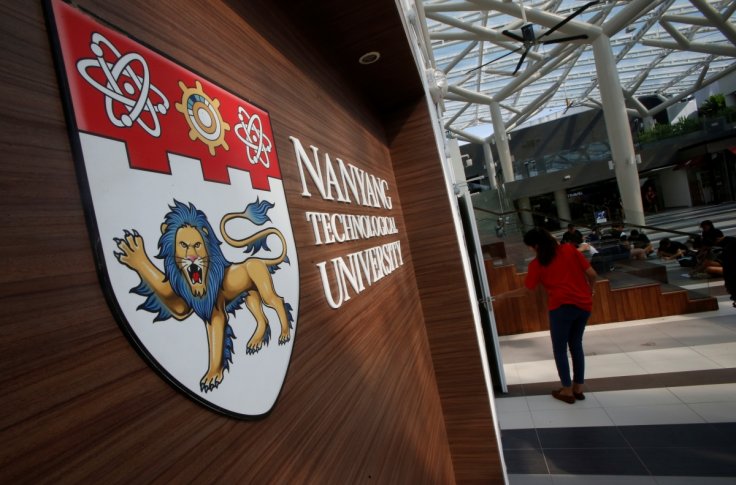The Nanyang Technological University (NTU) gladly announced on Tuesday, January 22 that their scientists successfully launched and deployed NTU's ninth satellite into space on Friday, January 18.
Two nanosatellites named, AOBA VELOX-IV and SPATIUM-I or Space Precision Atomic-click Timing Utility Mission was launched in January 2019 and October 2018. Since then these satellites trialling new imaging and manoeuvring technologies in space.
AS per the news release NTU stated that the scientists plan to use "their findings to build satellites robust enough to withstand what would be Singapore's first lunar mission," and believe that the moon mission may be achievable within five years.
To make the lunar mission a reality, the NTU scientists want to use satellites weighing no more than 100kg each, which would be lighter than any other that has made the 384,400-kilometre journey.
However, the last two satellites were the result of a joint venture between NTU and Kyushu Institute of Technology (Kyutech), which is one of Japan's leading universities for satellite research and engineering.
AOBA VELOX-IV was launched on Friday, January 18 at around 8.50 am from the Japan Aerospace Exploration Agency Epsilon-4 rocket.
"The 2.8kg satellite carries two new technologies that will be tested and validated in space. First is a special low-light camera that can capture and observe in less than two seconds Earth's horizon glow, a crescent of light occurring on the horizon just before sunrise and after sunset," the release added.
SPATIUM-I was launched from the International Space Station (ISS) in last October. The 2.6 kg satellite is currently completing its first phase of experiments. It should be noted that it was the first nanosatellite in the world to successfully demonstrate a chip scale atomic clock (CSAC) working in Low Earth Orbit.
"The SPATIUM-I is also the first in a planned series of nanosatellites built by NTU that will map out earth's ionosphere in three-dimension (3D). This will allow NTU scientists to understand the ionospheric morphology and its perturbations that have a pronounced effect on long-distance radio communications, navigation and weather patterns," NTU added.

NTU Singapore Vice President (Research) Professor Lam Khin Yong said that the successful launch and deployment are definitely helpful and important steps for NTU.
Prof Lam added, "Building on NTU Singapore's satellite engineering expertise over the last decade, our two latest satellite launches demonstrate our leading-edge space capabilities. We have shrunk advanced cameras, thrusters and the electronics capability of larger satellites into something the size of a shoebox.
"Satellite technologies are considered the pinnacle of engineering, given that these machines have to be extremely robust and perform reliably in space, one of the most extreme environments known to mankind. The fact that NTU's, indeed Singapore's, first home-made satellite, X-Sat, is still operating after almost eight years, is a testament to the quality and robustness of NTU's engineered satellites."
Director of Kyutech's Laboratory of Spacecraft Environment Interaction Engineering, Professor Mengu Cho also stated that both nanosatellite projects are the second and third satellites developed together by Kyutech and NTU. He also added that such successful collaboration between these two universities "has grown to multiple aspects."
He said, "SPATIUM-I is the first in a series of technology demonstrations toward the ionospheric mapping and weather forecasting mission utilising the precise reference signal generated by the chip-scale atomic clock. The mission may bring us tremendous scientific as well as practical and commercial values. AOBA VELOX-IV demonstrates technologies necessary for a future lunar mission, which I really wish to carry out jointly with NTU in the near future.
"AOBA VELOX-IV was launched as a part of JAXA's (Japan Aerospace Exploration Agency) Innovative Satellite Technology Demonstration Program. The satellite was chosen by JAXA because of the commercial value of technologies to be demonstrated by AOBA VELOX-IV, which are useful not only for the lunar mission but also for other Earth-orbiting CubeSat missions."









